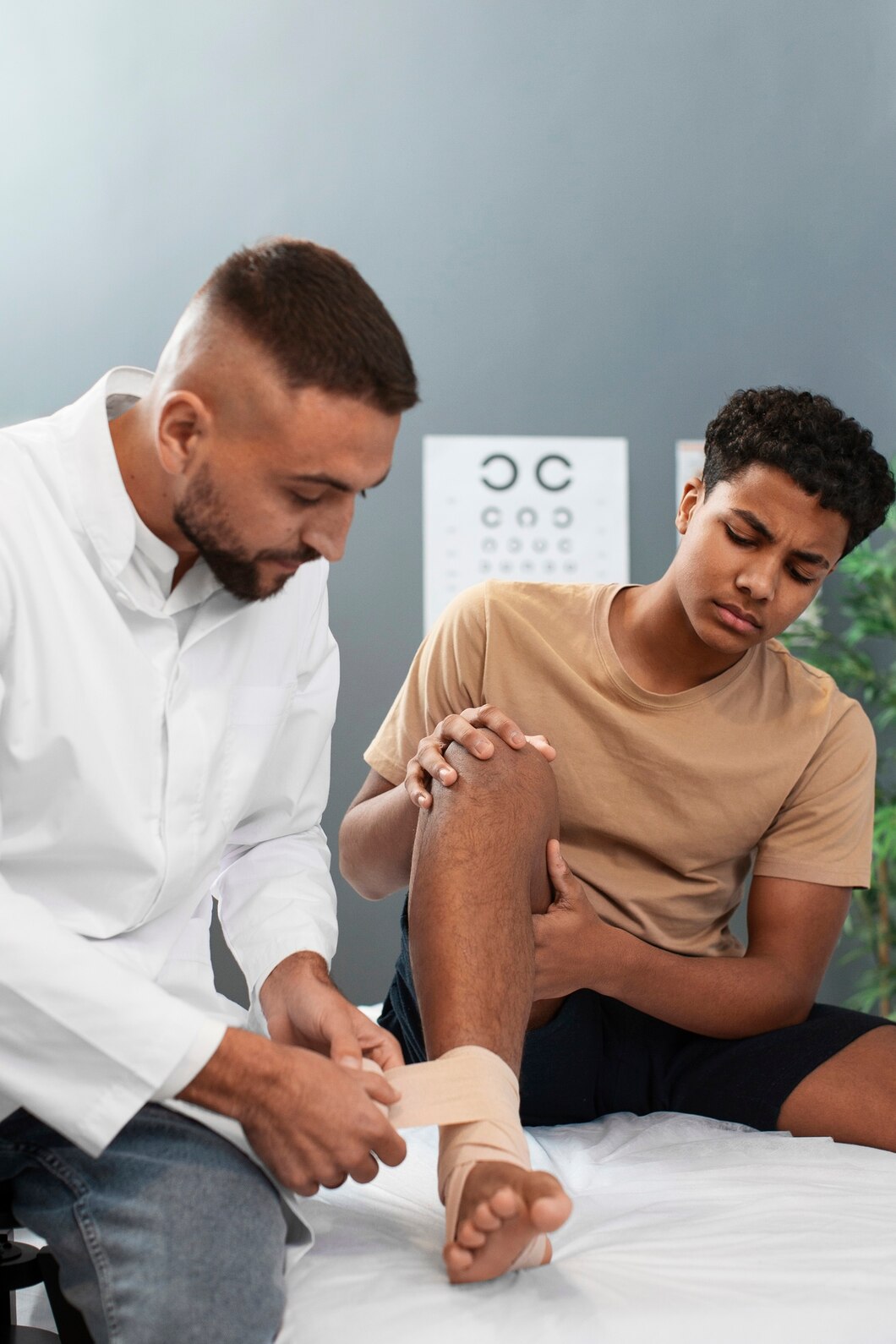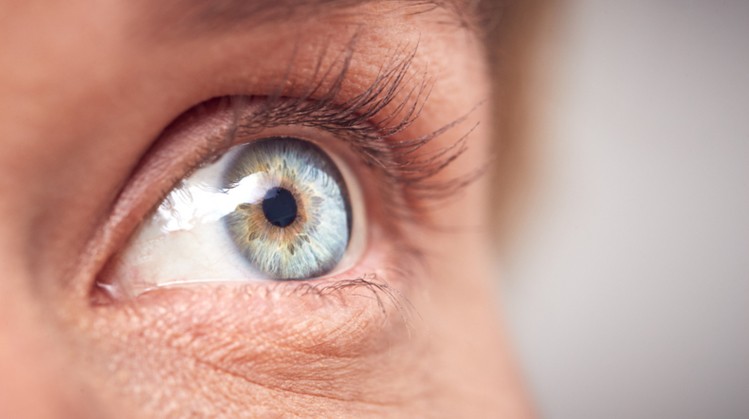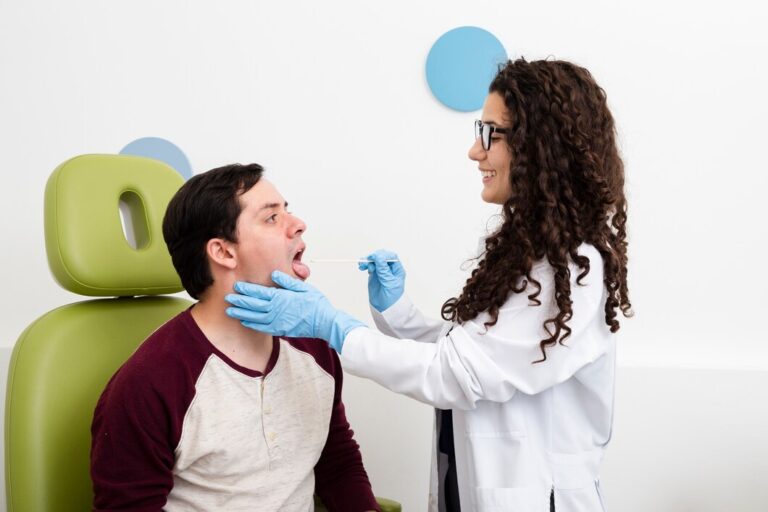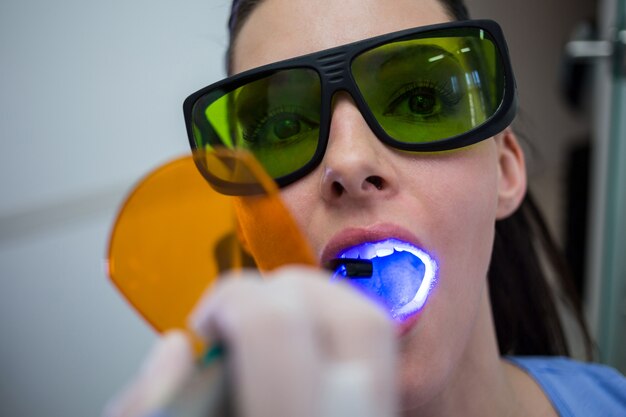Healing the Invisible Wounds: A Guide to Post-Traumatic Recovery
Post-Traumatic Stress Disorder (PTSD) often emerges as an unwelcome companion in the aftermath of traumatic events. It’s a mental health condition triggered by experiencing or witnessing distressing occurrences, and it can affect anyone—regardless of age or background. The invisible wounds left by trauma can be as debilitating as physical injuries, sometimes even more so. Recognizing the significance of PTSD is the first step in addressing its profound impact.
Understanding the Impact of Trauma on Mental Health
Trauma leaves an indelible mark on the mind, often altering the way individuals perceive themselves and the world around them. The psychological impact of trauma can manifest in various forms, affecting emotional regulation, cognitive functions, and social interactions. Recognizing these effects is crucial in understanding the multifaceted nature of PTSD.
When trauma strikes, it disrupts the brain’s natural equilibrium. The amygdala, responsible for processing emotions, goes into overdrive, while the prefrontal cortex, which manages rational thinking, struggles to maintain control. This imbalance can lead to heightened anxiety, fear, and hyper-vigilance, making it difficult for individuals to feel safe and grounded.
Furthermore, trauma can manifest in unexpected ways, affecting memory and focus. Individuals with PTSD often find themselves reliving traumatic experiences through flashbacks or nightmares, hindering their ability to concentrate on daily tasks. By understanding these cognitive disruptions, sufferers and their support networks can better address the challenges posed by PTSD.
Signs and Symptoms of Post-Traumatic Stress
Recognizing the signs and symptoms of PTSD is a vital step in seeking help and healing. These indicators may vary from person to person, influenced by factors such as the nature of the trauma and individual resilience. However, understanding common symptoms can aid in early detection and intervention.
Intrusive thoughts are a hallmark of PTSD. These unwanted recollections of the traumatic event can surface unexpectedly, bringing distress and emotional turmoil. Similarly, nightmares and flashbacks can intensify feelings of fear and helplessness, making it challenging for sufferers to find peace.
Avoidance behaviors often accompany PTSD as individuals attempt to shield themselves from triggers associated with the trauma. This can manifest as avoiding specific places, people, or activities that remind them of the distressing experience. While avoidance may provide temporary relief, it can also hinder long-term healing by preventing individuals from confronting and processing their emotions.
Hyperarousal is another common symptom, where sufferers remain on high alert, anticipating danger even when none exists. This heightened state can lead to irritability, difficulty sleeping, and an exaggerated startle response. Understanding these symptoms empowers individuals to recognize when professional intervention may be necessary.
Strategies for Coping and Managing Symptoms
While PTSD presents unique challenges, various coping strategies can help individuals regain control over their lives. These techniques, when practiced consistently, can alleviate symptoms and foster emotional resilience, empowering individuals to face their fears and heal at their own pace.
Mindfulness and meditation are powerful tools in managing PTSD symptoms. By cultivating awareness of the present moment, individuals can reduce anxiety and ground themselves in reality. Mindfulness practices, such as deep breathing and guided imagery, promote relaxation and help redirect attention away from distressing thoughts.
Journaling is another effective strategy that allows individuals to express their emotions and thoughts in a safe, non-judgmental space. Writing about traumatic experiences can facilitate emotional processing and provide clarity on complex feelings. Over time, journaling can serve as a valuable resource, tracking progress and identifying patterns in emotional responses.
Physical activity is a natural stress reliever and can help regulate mood and energy levels. Engaging in regular exercise releases endorphins, the body’s natural mood elevators, promoting a sense of well-being. Activities like yoga, walking, or dancing can be particularly beneficial, offering both physical and psychological benefits.
Professional Help and Therapeutic Interventions
Seeking help from psychiatrists, like those in Salt Lake City, is a crucial step in the recovery process for individuals with PTSD. Trained therapists offer a range of therapeutic interventions designed to address the unique needs of each individual, providing a safe space for healing and growth.
Cognitive Behavioral Therapy (CBT) is one of the most effective treatments for PTSD. It focuses on identifying and challenging distorted thought patterns and beliefs related to the trauma. Through CBT, individuals learn healthier ways to cope with distress and gradually confront their fears, reducing the hold that PTSD symptoms have on their lives.
Exposure therapy, a specialized form of CBT, involves gradually and systematically exposing individuals to trauma-related stimuli. This process helps desensitize sufferers to triggers, diminishing the emotional response over time. Under the guidance of a skilled therapist, exposure therapy can empower individuals to confront their fears and regain control over their reactions.
Eye Movement Desensitization and Reprocessing (EMDR) is another therapeutic approach that has shown promise in treating PTSD. EMDR involves guided eye movements while processing traumatic memories, facilitating the brain’s natural healing process. This technique can help reframe and integrate distressing memories, reducing their emotional impact.
Advice for Supporting Loved Ones with PTSD
Supporting a loved one with PTSD requires empathy, patience, and understanding. While the road to recovery may be challenging, providing unwavering support can make a significant difference in their healing journey. Here are some ways to be there for your loved one.
Open communication is essential. Encourage your loved one to share their feelings and experiences without judgment. Listening actively and validating their emotions fosters trust and reinforces the message that they are not alone in their struggle.
Educate yourself about PTSD to better understand its nuances and challenges. Knowledge empowers you to offer informed support and challenge misconceptions about the disorder. By learning about triggers, symptoms, and coping strategies, you can help create a safe environment that promotes healing.
Practicing self-care is equally important for supporters. Supporting someone with PTSD can be emotionally taxing, so taking time to recharge and seek your support network is critical. By nurturing your well-being, you can maintain the strength and resilience needed to be a reliable source of comfort.
Conclusion:
The path to healing from PTSD is not linear, and progress may come in fits and starts. However, it is important to remember that recovery is possible, and individuals can regain a sense of control and hope over their lives. By understanding the complexities of PTSD and utilizing available resources, individuals can find empowerment in their healing journeys.
Recovery from PTSD often involves a combination of self-help strategies, professional interventions, and support from loved ones. It requires patience, persistence, and a willingness to confront difficult emotions. Yet, with dedication and the right tools, individuals can overcome the grip of trauma and rediscover their strength.
Keep an eye for more news & updates on HipHopHipHop!






